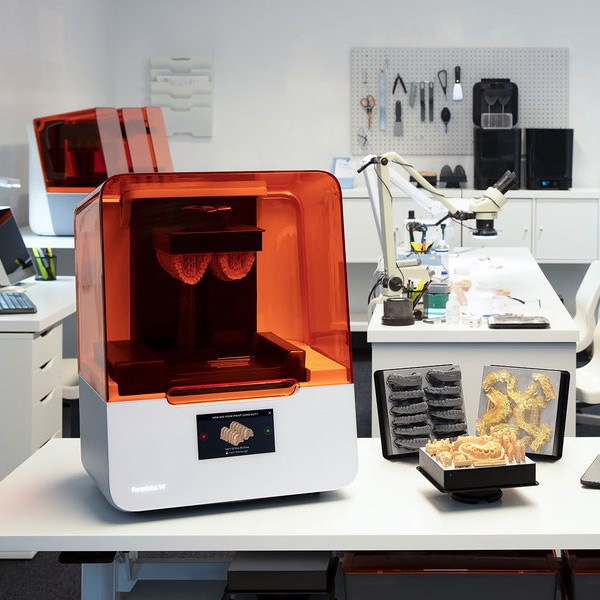
Professional Tartar Removal
Maintain optimal oral health with professional tartar removal treatment
Professional Care
Expert dental hygienists
Advanced Technology
Ultrasonic cleaning
Thorough Cleaning
Complete plaque removal
Preventive Care
Regular maintenance
Why is Tartar Removal Important?
Tartar removal has become an important dental treatment due to dietary habits that have changed over the decades. More and more emphasis must be placed on oral care, which not only helps maintain one's own teeth but also extends the life of completed dental restorations and implants.
Even the slightest gingivitis endangers and can doom precise interventions to failure. Tartar formation can be a common cause of gingivitis.

What is Tartar and How Does it Form?
Most of the plaque can be removed from the teeth with the help of regular brushing and flossing but it cannot be 100% removed at home, even with very conscientious teeth cleaning. Over time, small pieces of calcium crystals from saliva are deposited in the plaque, which can lead to tartar formation.
In order to prevent the formation of tartar, it is therefore recommended to have dental hygiene treatments done, during which the plaque can be completely removed. The rate and extent of tartar formation differs from person to person, depending on lifestyle and individual characteristics.
Common Locations
- Upper molars
Buccal (cheek) surface most affected
- Lower incisors
Lingual (tongue) surface commonly affected
- Gum line
Where tooth meets gum tissue
Consequences of Untreated Tartar
Aesthetic Problems
- Visible deposits at gum line
- Tooth discoloration from staining
- Unpleasant appearance
Health Problems
- Bad breath (halitosis)
- Gum inflammation and irritation
- Periodontal disease and bone loss
- Tooth loosening and loss
Important: Experience shows that the main cause of bad breath is usually not tooth decay, but tartar. By irritating the gums, tartar can cause inflammation, and further periodontal disease, bone destruction, loosening and subsequent loss of teeth.
The Treatment Process
Initial Consultation
Consultation and dental screening to discuss the course of treatment and provide a treatment plan.
Ultrasonic Cleaning
The ultrasonic device separates deposited plaque, discoloration, and tartar while washing and cooling with water.
Air Brush Polishing
Salt polishing to make the surface smooth and scratch-free, preventing quick tartar reoccurrence.
Gum Treatment
Application of antiseptic and anti-inflammatory solutions to destroy bacteria and stimulate healing.
Important Aftercare Information
Do's
- Use gum-protecting toothpaste
- Switch to soft bristle toothbrush
- Use anti-inflammatory mouthwash
- Regular flossing
Avoid
- Hard foods for 3-4 days
- Smoking during healing
- Crunchy foods
- Neglecting oral hygiene
Benefits of Professional Tartar Removal
Improved Gum Health
Removes irritating tartar buildup that causes gum inflammation and bleeding, promoting healthier gums.
Fresher Breath
Eliminates bacteria and plaque that cause bad breath, leaving your mouth feeling clean and fresh.
Prevention Focus
Prevents serious dental problems like periodontal disease, saving you time and money in the long run.
Ready for Professional Cleaning?
Contact us today to schedule your tartar removal treatment